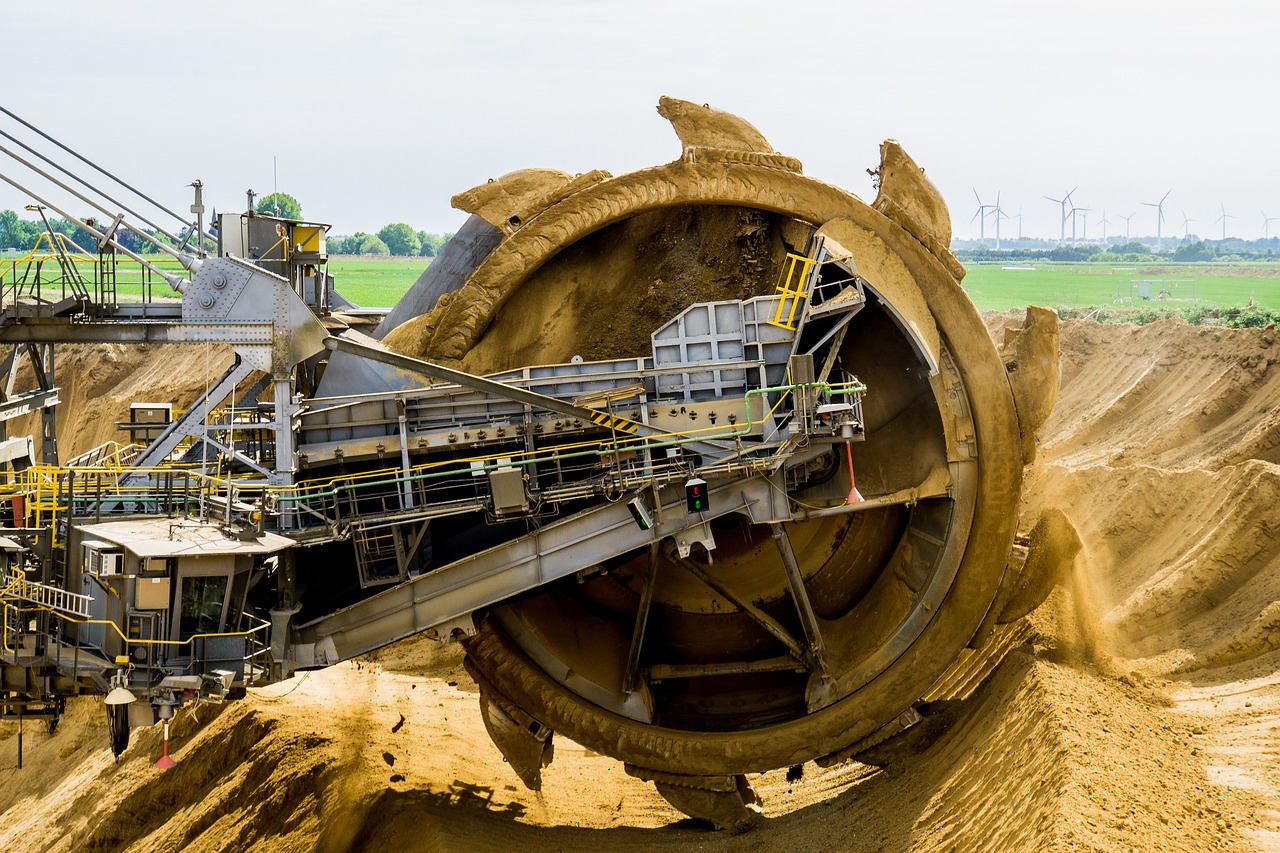
When it comes to metals mining, it never ceases to amaze me how very short-term focused Wall Street is.
Copper (HGZ24) is a perfect example. Just last week, BHP Group Ltd. (BHP) - the world’s largest mining company by capitalization - admitted that the global copper market would remain in surplus for 2024 and 2025. But that this would "only provide scant coverage against anticipated deficits in the latter half of this decade.”
Wall Street is happy to bid up artificial intelligence (AI) stocks based on faint promises of an AI profit-filled future. But it ignores the near-certainty of a major copper shortage in a few years. Keep in mind, too, that a bright AI future is not possible without copper.
A good way for investors to overcome Wall Street’s myopia is through Freeport-McMoRan (FCX), a major producer of copper and gold (GCZ24). Let’s look at its interesting story.
The Freeport-McMoRan Story
Freeport made a major transition from a sulfur miner and oil explorer, all thanks to Jim Bob Moffett - a geologist, as well as co-founder and former CEO of the company.
In the 1980s, he pushed for exploration near an existing mine in the mountains of Papua, Indonesia. This site had been running low on copper at the time, but drilling nearby revealed what would become one of the world’s largest copper mines: Grasberg.
Grasberg now sits at the heart of Freeport-McMoRan and happens to be the world’s biggest gold mine, yielding 1.7 million ounces in 2023 and 6 million ounces of silver (SIZ24). Importantly, it also produced 680,000 metric tons of copper in 2023.
The mine is a marvel of engineering, given its position near a glacier more than 14,000 feet above sea level. And it has also been a source of conflict between the Indonesian government and FCX.
Freeport suspended output in 2017 after Indonesia imposed a rule requiring copper to be smelted in the country, meaning it could not export copper concentrate. Exports eventually did resume and a full deal came together in 2018. That’s when Freeport handed the state mining company a 51% stake in its local operating company, up from just 9%.
Freeport also agreed to build a smelter, which cost $1.7 billion in 2023 and is expected to cost $1 billion this year.
A Mountain of Profit
Nevertheless, the company’s lower stake still translates into serious profits and profit margins. In the first half of 2024, Grasberg was responsible for three-quarters of Freeport’s operating profit and achieved a profit margin of 60%.
It has made Freeport the world's biggest producer of copper, pulling ahead of the National Copper Corporation of Chile (Codelco) and BHP in 2022.
While copper prices have fallen substantially from the record high of $10.857 a ton in May, a peek into the future shows a major shortage developing in copper, and much higher prices.
A study by S&P Global (SPGI) found that 50 million is how much annual demand for copper, in metric tons, should be by 2035 to achieve net-zero targets. Bernstein Research forecast that, by 2040, the supply deficit will be as large as 15 million tons a year. That is quite large when compared with the current total market size of around 28 million tons a year.
We probably will not see such a huge deficit. But judging by the slower pace of project development and new copper deposit discoveries, a huge increase in supply looks highly unlikely. So, substantial price rises are on the way.
Buy FCX Stock
There's more to Freeport than just Grasberg.
For instance, the company is betting heavily on a new leaching technology that aims to extract copper from waste rock it has accumulated over decades.
Freeport has already extracted an additional 200 million pounds of copper through the recovery process, and is targeting another 200 million pounds in the next two years. The company wants to hit an annual run rate of 180,000 tons from the leaching program within a few years.
“This is the size of a major new mine, with low capital investment required and low incremental operating costs, which will greatly enhance the value and competitive position of our Americas production,” said new CEO Kathleen Quirk last month.
While some investors still fret over Freeport’s relationship with the Indonesian government (hurting the stock price), I believe both parties want to unlock the full long-term value of the Grasberg mine. There is clearly value in this mine for many, many years to come.
The company’s business is fine. Freeport recently reported second-quarter results that topped analysts' estimates. I expect copper demand to remain elevated over the intermediate term given global growth in electrification initiatives. And the longer term, as mentioned above, is even brighter.
Freeport has top-tier (and geographically diverse) copper reserves. It will have stable copper production of between 4.1 billion and 4.3 billion pounds annually through 2026.
Combine that with the underlying fundamentals of a copper market that will experience an extended period of structural supply deficits, driven by strong demand growth and insufficient new mining projects in the pipeline.
That’s good news for Freeport, which has significant leverage to copper prices. Each $0.10 per pound increase in copper adds around $430 million to its annual EBITDA, and $340 million to its annual cash flow.
And with the stock trading near a six-month low, this is a good time to get in. Buy FCX stock, preferably below $40 and no higher than $45.








